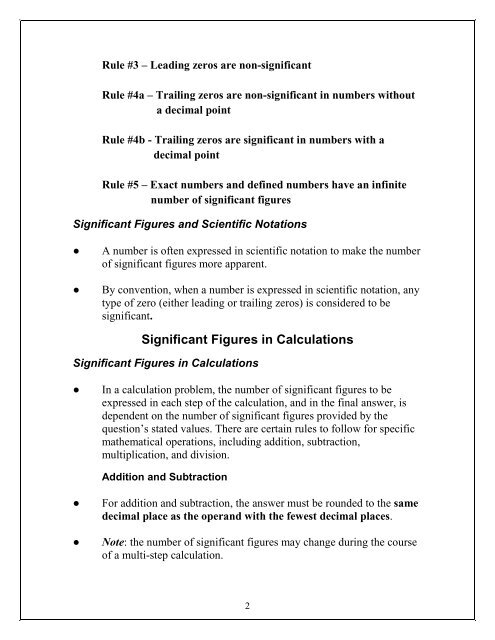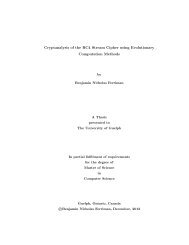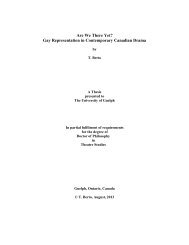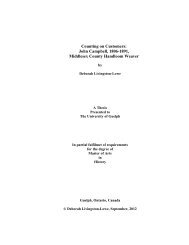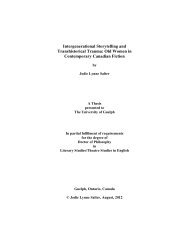About Significant Figures
About Significant Figures
About Significant Figures
Create successful ePaper yourself
Turn your PDF publications into a flip-book with our unique Google optimized e-Paper software.
Rule #3 – Leading zeros are non-significant<br />
Rule #4a – Trailing zeros are non-significant in numbers without<br />
a decimal point<br />
Rule #4b - Trailing zeros are significant in numbers with a<br />
decimal point<br />
Rule #5 – Exact numbers and defined numbers have an infinite<br />
number of significant figures<br />
<strong>Significant</strong> <strong>Figures</strong> and Scientific Notations<br />
●<br />
●<br />
A number is often expressed in scientific notation to make the number<br />
of significant figures more apparent.<br />
By convention, when a number is expressed in scientific notation, any<br />
type of zero (either leading or trailing zeros) is considered to be<br />
significant.<br />
<strong>Significant</strong> <strong>Figures</strong> in Calculations<br />
<strong>Significant</strong> <strong>Figures</strong> in Calculations<br />
●<br />
In a calculation problem, the number of significant figures to be<br />
expressed in each step of the calculation, and in the final answer, is<br />
dependent on the number of significant figures provided by the<br />
question’s stated values. There are certain rules to follow for specific<br />
mathematical operations, including addition, subtraction,<br />
multiplication, and division.<br />
Addition and Subtraction<br />
●<br />
●<br />
For addition and subtraction, the answer must be rounded to the same<br />
decimal place as the operand with the fewest decimal places.<br />
Note: the number of significant figures may change during the course<br />
of a multi-step calculation.<br />
2


